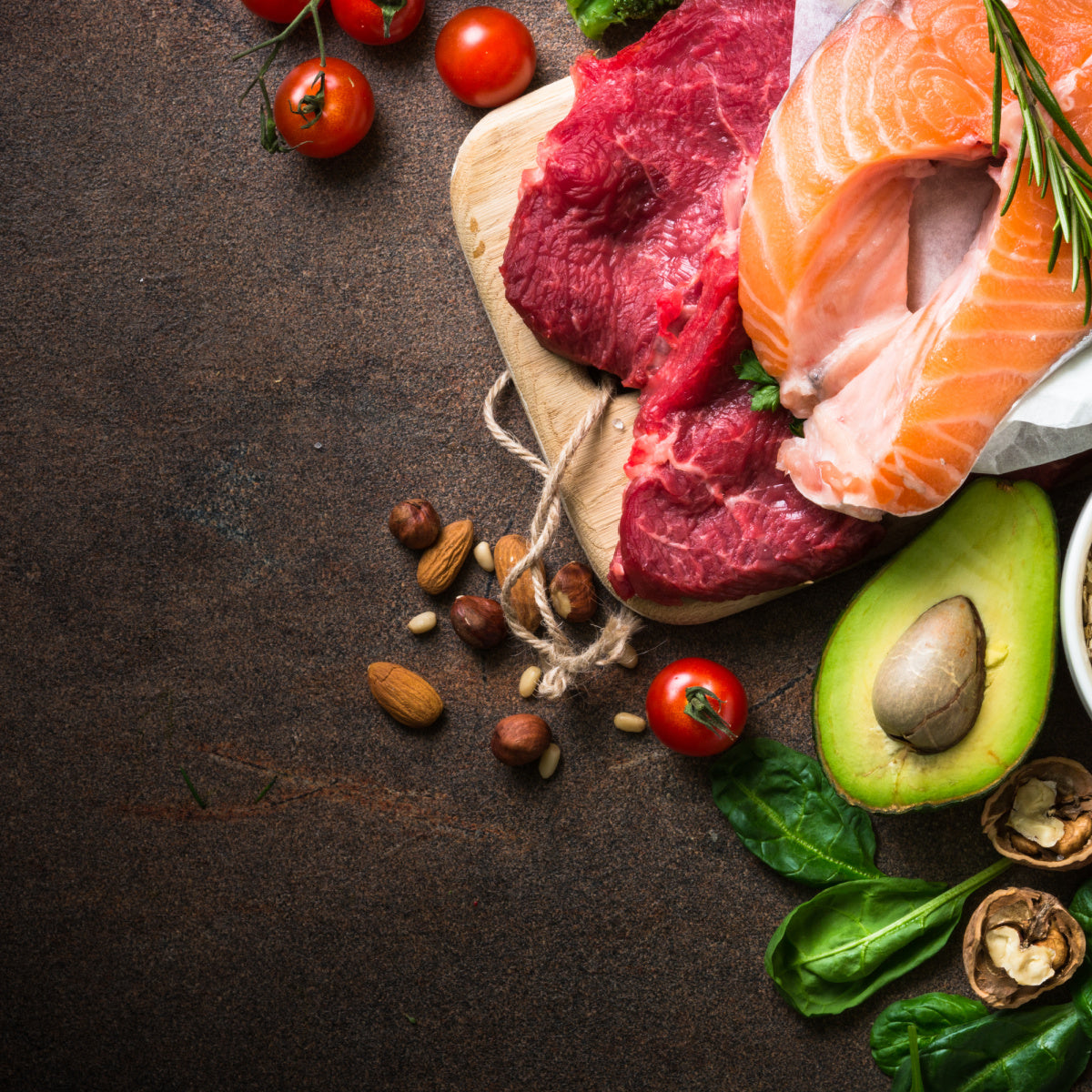SQUATS VS LEG PRESS
One of the oldest debates in the resistance training game is which is better, free weights or machine weights? Trainers, coaches, and lifters all over the world are making arguments as to why one form is better than the other. They will debate safety, muscle recruitment, structure, hypertrophy, exhaustion, and a million other factors to make their case. It is often argued that free weight exercises cause a more profound effect on hormonal changes. From a scientific perspective, I could argue why both machine weights and free weights play a critical role in the optimal development of muscle mass.
With this in mind, is there a hormonal impact of one type versus the other? A 2014 study looked at the effects of leg press vs squats on testosterone in healthy young men with at least six months of resistance training experience. The results of the study indicate that both leg press and squat increase testosterone at all measured times in comparison with the pre training concentrations. Interestingly, the study did find that testosterone concentration directly after training was 16.7% higher after performing the squat exercise. This led authors to conclude that squats were superior in terms of eliciting a positive response on testosterone. This particular study has been referenced many times as proof that squats are better than leg press in terms of testosterone impact. While this study is interesting and was done by well-respected researchers, it is just one study.
What may be more important than simple exercise selection is the weight that you use and the specific type of exercises you perform. Full body or multi joint exercises, done at a heavy load, seem to have a more profound impact on the acute testosterone response. Large, compound exercises, such as the Olympic lifts, deadlifts, and jump squats, have been shown to produce large elevations in testosterone as compared to small-mass exercises. This data would seem to favor free weights, as well as sticking to loads of 85% or more. Now, you may be wondering how does all of this translate to the weight room? Here is a simple breakdown of what a week may look like:
Heavy, multi joint exercises, 3-4 x per week.
- Dead-lifts
- Power cleans
- Squats
- Squat jumps
- Pull-ups
- Sprints
Keep load at 80%+ on most lifts.
Include single joint auxiliary exercises on all lifting days.
So many factors contribute to adaptations in hypertrophy and strength, hormonal changes being just one of those. With that in mind, stick to the basics described here and you will be well on your way to building the body of your dreams.



